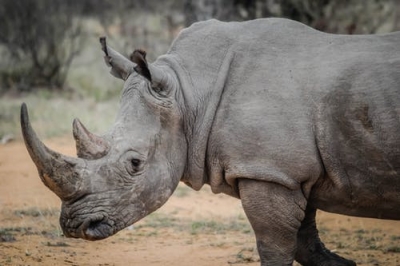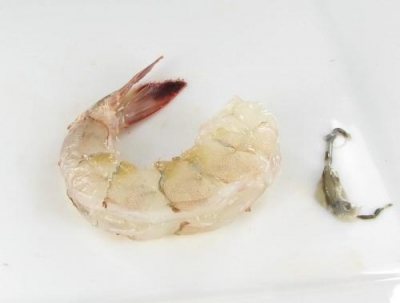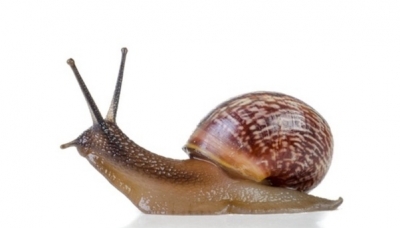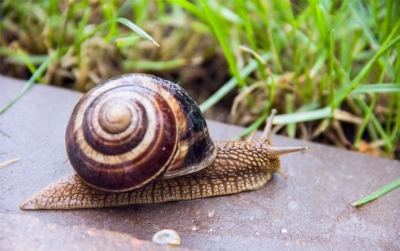What’s the difference between a frog and a toad?
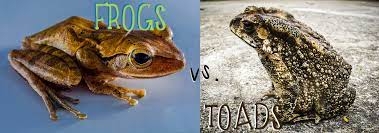
Toads are warty-looking, covered in little lumps and bumps, while frogs are sleek and smooth. Toads also virtually always have dry skin, whereas frogs look wet even when they are out of the water. Toads cope much better with dry conditions than frogs, as their skin is more waterproof. Frogs lose moisture a lot more easily, and so are rarely seen too far away from water, which explains why they always look moist.
Frogs have long legs, longer than their head and body, which are made for hopping. Toads, on the other hand, have much shorter legs and prefer to crawl around rather than hop. Frogs are lithe and athletic-looking, whereas toads are somewhat squat and dumpy. Their faces are different too; frogs have a pointed nose while toad noses are much broader.
Spawn is another key indicator for which species you’re looking at. Frog spawn is laid in gooey clumps, whereas toad spawn floats in stringy lengths. Like their adult counterparts, frog tadpoles are slimmer whereas toad tadpoles are chunky. Frog tadpoles are also covered in gold flecks, while toad tadpoles are plain black in colour.
Picture Credit : Google
